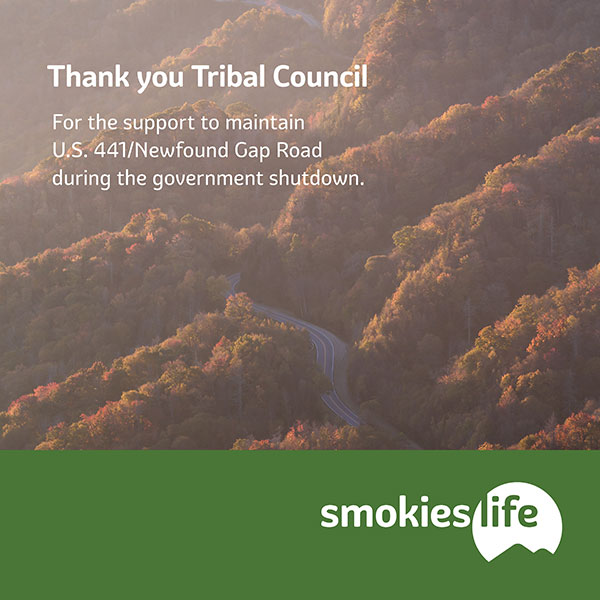VONORE, Tenn. – The Sequoyah Birthplace Museum in Vonore has been promoting the history of Sequoyah and the Cherokee people for 25 years. On July 2, visitors will be able to visit for free to commemorate the milestone anniversary.

Sonny Ledford, a member of the Warriors of Anikituwah, performs the Eagle Dance during a festival at the Sequoyah Birthplace Museum in September 2010. (DAWN ARNEACH/One Feather contributor)
“They’re an asset to our community,” said Vonore Mayor Larry Summey.
He said the museum contributes to the area both economically and culturally.
When the Tennessee Valley Authority (TVA) flooded the Little Tennessee River valley in 1979, most of the Cherokee archeological sites in the area were submerged. TVA granted the Eastern Band of Cherokee Indians a permanent easement over 65 acres bordering Tellico Lake to memorialize the Cherokee presence in the project area. A burial mound was immediately placed there to re-inter the bodies of 191 Cherokees who were exhumed prior to the floodgates closing.
“TVA recognizes the value of the region’s Native American heritage and has been a museum partner of the last 25 years,” said Patricia Ezzell, Native American specialist for TVA. “We understand the construction efforts of TVA impacted the resources of several tribes in the area, but sharing the knowledge gained from excavation is part of TVA’s mission, which includes stewardship of lands under our care. The museum is an important resource in sharing the history of the Tennessee Valley.”
Max Ramsey, chairman of the Friends of Sequoyah, which oversees the museum today, has had a unique role in the museum’s history. He worked for TVA during the construction of the Tellico Reservoir. He played important roles in choosing Sequoyah to memorialize and in choosing the museum site.
“I’m very proud to have been a part of it,” he said.
In 1986, the Eastern Band opened a museum on the easement to honor the Cherokee Sequoyah, who created a Syllabary, or way of reading and writing the Cherokee language. Sequoyah was born around 1776 at the village of Tuskeegee, which was very near the museum site. Several artifacts housed in the museum are from the area.
“What we have is an authentic site with an authentic story,” said Ramsey.
Although Sequoyah was exposed to the concept of writing early in his life, he never learned the English alphabet. It took him 12 years to create the writing system. The Cherokee Syllabary is 86 symbols which represents the different sounds in the Cherokee language. He made a game of this new writing system and taught his daughter Ayoka how to make the symbols.
In 1821, he and Ayoka introduced his syllabary to the Cherokee people. Within a few months, thousands of Cherokees became literate. Within a few years much of the Bible had been translated into Cherokee; legal documents were being drawn up in Cherokee; and the “Cherokee Phoenix,” the first national, bi-lingual newspaper, was being published.
“Sequoyah is one of the most famous Cherokees but he’s also recognized internationally, during his lifetime as well as today, for being the only person in recorded history who could not read or write in any language to create a written language by himself,” said Charlie Rhodarmer, director of The Sequoyah Birthplace Museum.
On July 2, the museum and its patrons will celebrate the museum’s 25th anniversary with free admission and Cherokee demonstrations of pottery making, silver smithing, storytelling, woodcarving, blowgun making, early 19th century blacksmithing, quill working and basketry. There will also be a cake cutting ceremony at 2 p.m.
“I hope all the people who have supported and visited The Sequoyah Birthplace Museum during the past 25 years can come and help us celebrate the museum’s 25th birthday,” said Rhodarmer.
The Sequoyah Birthplace Museum is the state’s only tribally-owned historical site. It features video, electronic displays and exhibits from various periods of Cherokee occupation of the Tennessee Overhill area. The museum is in the process of procuring a new exhibit that will present the Cherokee story in a multi-dimensional way. Ramsey said the museum’s next 25 years would be highlighted by technology.
The museum’s gift shop sells many Cherokee and Native American crafts as well as books on Cherokee history and culture. The Sequoyah Birthplace Museum is also home to an open-air amphitheatre, a reconstruction of Sequoyah’s blacksmith shop, the Maxwell D. Ramsey Shoreline Trail, a boat dock and picnic tables.
The sites of the historical Cherokee towns Tanasi and Chota are near the museum. Both provide sweeping views of the lake and are home to wildlife including deer, rabbits, otters, hawks and eagles.
The Sequoyah Birthplace Museum is located just off Highway 411 on Highway 360 in Vonore. It is open Monday through Saturday from 9 a.m. to 5 p.m. and Sunday from noon to 5 p.m. It is closed Thanksgiving Day, Christmas Day and New Year’s Day.
For more information, call The Sequoyah Birthplace Museum at 423-884-6246 or visit the Web site, www.sequoyahmuseum.org.
– Sequoyah Birthplace Museum




